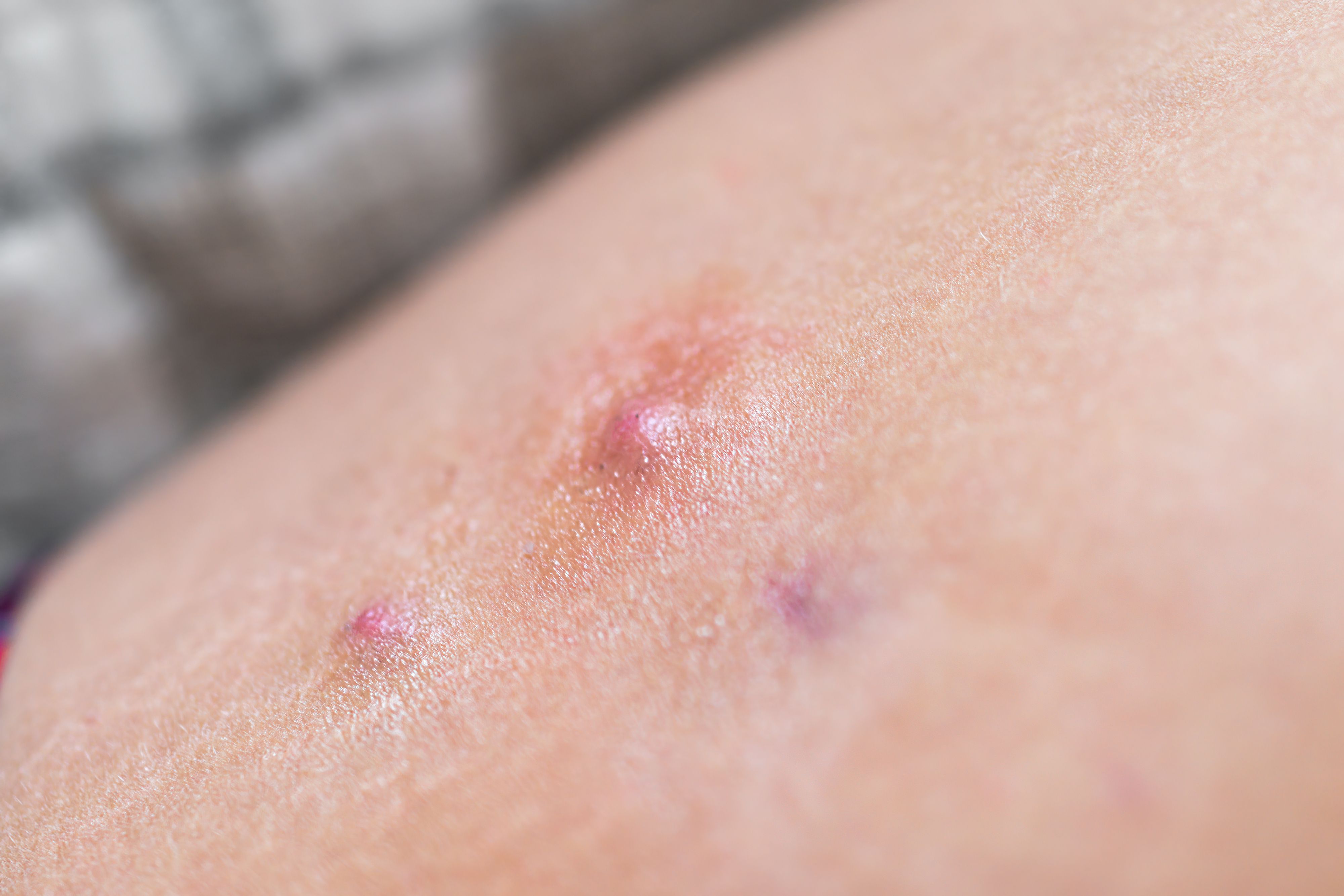- Case-Based Roundtable
- General Dermatology
- Eczema
- Chronic Hand Eczema
- Alopecia
- Aesthetics
- Vitiligo
- COVID-19
- Actinic Keratosis
- Precision Medicine and Biologics
- Rare Disease
- Wound Care
- Rosacea
- Psoriasis
- Psoriatic Arthritis
- Atopic Dermatitis
- Melasma
- NP and PA
- Skin Cancer
- Hidradenitis Suppurativa
- Drug Watch
- Pigmentary Disorders
- Acne
- Pediatric Dermatology
- Practice Management
- Prurigo Nodularis
- Buy-and-Bill
Article
Hidradenitis Suppurativa Factors Affecting Patient Quality of Life
Author(s):
Researchers say disease severity, site, and comorbidities may lower a patient’s quality of life as they navigate hidradenitis suppurativa.
Patients with hidradenitis suppurativa (HS) face several factors related to their disease that may hinder their quality of life, including severity, location, and simultaneous conditions.
Photo: Kristina Blokhin/Adobe Stock

Researchers conducted an observational study1 of the disease and demographic factors of HS in order to help healthcare providers better understand and treat their patients with the condition. The study was conducted within an outpatient dermatology department in Maharashtra, India.
Through an observational, questionnaire-formatted study, researchers gathered information from 30 patients (ages 18 to 63) with a clinical HS diagnosis.
Study participants provided relevant data, including demographic (age, body mass index, gender, height, weight) and disease (duration, location, number and morphology of lesions, and Hurley staging system) data. Participants also consented to an interview with a physician in order to evaluate them based on the Dermatology Life Quality Index (DLQI).
Following the study’s conclusion, researchers noted a statistically significant relationship between a patient’s Hurley staging system and DLQI scores—noting that as a patient’s disease increased in severity, their overall quality of life decreased accordingly.
Participants with HS located in their abdomen, back, gluteal, neck, and thigh regions also demonstrated a lower overall quality of life association, despite the axilla and groin regions being the most prevalently affected.
Study participants who had scars or surgery related to their HS also demonstrated a lower DLQI with a significant association noted by researchers. Researchers attribute these findings to the hinderance these factors may have on a patient’s daily activities.
On average, the mean DLQI score among study participants was 9.47 ± 5.69, or a significant association between quality of life and disease factors, though researchers said this is a much lower mean than those determined by studies of a similar nature. This is believed to have been due to the number of participants in the study falling under Hurley stage 1.
However, contrary to previous studies of a similar nature2, researchers found that demographic factors did not have any association with a patient’s quality of life. Researchers also noted that the sample size of the study may have been a major hinderance.
The study also found that HS had a higher DQLI than other dermatological conditions, including psoriasis and vitiligo.
“Hidradenitis suppurativa is not a life-threatening disease, but it has a considerable impact on the deteriorating quality of life,” the study said. “Our study will help in planning healthcare policies according to the disease burden.”
References
1. Menon A, Gupta P, Suri RK, Thakare V, Dubey lily, Patil S. A prospective observational study to evaluate the factors affecting the Dermatology Life Quality Index in patients with Hidradenitis Suppurativa. Cureus. 2023. doi:10.7759/cureus.35510
2. Krajewski PK, Matusiak Ł, von Stebut E, Schultheis M, Kirschner U, Nikolakis G, Szepietowski JC: Quality-of-life impairment among patients with hidradenitis suppurativa: a cross-sectional study of 1795 patients. Life (Basel). 2021, 11:10.3390/life11010034






